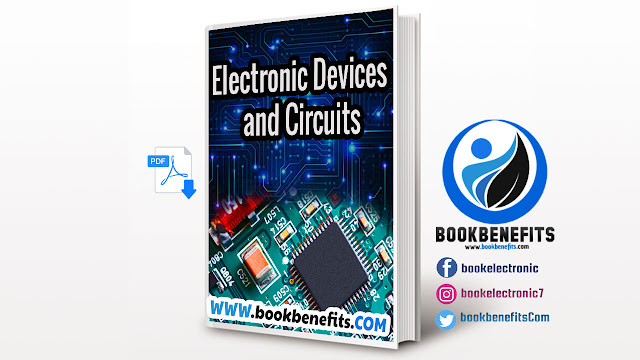Download Electronic Devices and Circuits PDF
Electronic Devices and Circuits PDF
Picture Of The Book :
About Of The Book :
In science, we study the laws of nature and its verification and technology, we study the applications of these laws to human needs.
Electronics is the science and technology of the passage of charged particles in a gas or vacuum or semiconductor.
Before electronic engineering came into existence, electrical engineering flourished. Electrical engineering mainly deals with the motion of electrons in metals only, whereas Electronic engineering
deals with the motion of charged particles (electrons and holes) in metals, semiconductors, and also in vacuum. Another difference is, in electrical engineering, the voltages and currents are of very
high-kilovolts, and Amperes, whereas in electronic engineering one deals with few volts and RNA. Yet another difference is, in electrical engineering, the frequencies of operation are 50 Hertzs/60 Hertzs,
whereas, in electronics, it is kHz, MHz, GHz, (high frequency).
The beginning of Electronics.was made in 1895, when H.A. Lorentz postulated the existence
of discrete charges called electrons. Two years later, J.J.Thomson proved the same experimentally
in 1897.
In the same year, Braun built the first tube, based on the motion of electrons, and called it Cathode ray tube (CRT). In 1904, Fleming invented the Vacuum diode called 'valve'. In 1906, a semiconductor diode was fabricated but they could not succeed, in making it work. So, semiconductor technology met with premature death and vacuum tubes flourished.
In 1906 itself. De Forest put a third electrode into Fleming's diode and he called it Triode. A
small change in grid voltage produces large change in plate voltage in this device.
In 1912 Institute of Radio Engineering (IRE) was set up in USA to take care of the technical
interests of electronic engineers. Before that, in 1884 Institute of Electrical Engineers was
formed and in 1963 both institutes merged into one association called IEEE (Institute of Electrical and
Electronic Engineers).
Contents Of The Book :
Chapter 1 Electron Dynamics and CRO
Chapter2 Junction Diode Characteristics
Chapter 3 Rectifiers, Filters and Regulators
Chapter 4 Transistor Characteristics
Chapter 5 Transistor Biasing and Stabilization
Chapter 6 Amplifiers
Chapter 7 Feedback Amplifiers
Chapter 8 Oscillators
Information Of The Book :
Title: Electronic Devices and Circuits.
Language: English.
Size: 17 Mb.
Pages: 523.
Format: PDF.
Author: Dr. K. Lal Kishore.

